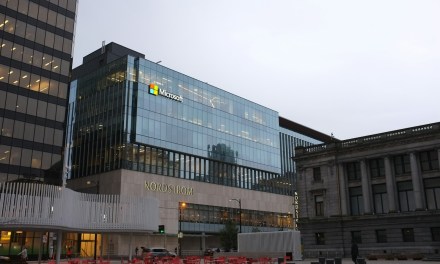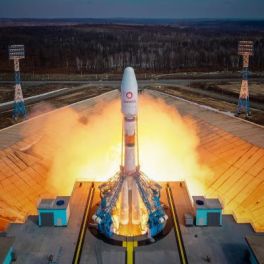Interview
At this year’s Mobile World Congress (MWC), we caught up with Stefan Pongratz, Vice President of Dell’Oro Group, to discuss the state of 5G in 2024 and what the future of the technology holds for us in 2024
It has been almost half a decade since the global telecoms industry first began its transition to 5G and, while rollouts have proved broadly successful, the technology has so far delivered little in the way of revenue growth for operators.
“So far with 5G, results have been mixed,” explained Pongratz. “On the one hand, coverage has been pretty good – some estimates suggest its 45% of the global population, so we’re developing significantly faster than LTE. […] From a capacity perspective as well, when you look at the proliferation of Massive MIMO in the upper midband, we’ve seen a stepwise reduction in data delivery costs of 50-70% cost per bit, so from that perspective its very good. But, on the other hand, 5G has not reversed the operators’ flat revenue trajectory so far.”
Now, with 5G’s evolution towards 5G-Advanced, questions are being asked as to whether this new flavour of 5G will be able to reverse the operators’ fortunes.
For Pongratz, beyond simply helping to meet the rising mobile data demand, 5G-Advanced could offer the operators many opportunities for service differentiation.
“The operators don’t need to rush things too much […] They can approach [5G-Advanced deployment] methodically, in line with their overall 5G roadmap,” he explained, saying that there are numerous scenarios in which 5G-Advanced will be a welcome upgrade, particularly when it comes to improving indoor coverage.
“There’s still a lot of areas out there where [5G] performance is not excellent, both outdoors and especially indoors. I think there’s a lot of opportunities for the operators to differentiate themselves here,” he explained. “One of the things we thought we’d see transpire with 5G was that the gap between indoors and outdoor coverage would actually be significantly reduced. We’ve seen that happening in China, but outside of that it has been limited. A stronger indoor emphasis in the 5G-Advanced era could be an opportunity for operators to move beyond human-based MBB applications.”
5G-Advanced in combination with AI and automation can spur improved efficiencies and ultimately help the operators reduce the TCO.
“Operators that can invest in building a more intelligent and automated network could have an advantage,” said Pongratz, describing it as a chance to ‘one-up’ their rivals.
“The ecosystem is in pretty good standing. With the standards being frozen in the first half of 2024, we will see some initial commercial deployments in 2024. These will most likely focus on capacity – as Huawei are calling it, 5.5G, will focus on the 10 Gbps capacity sites,” he explained. “We’ll see some initial uptake and then it will steadily improve throughout 2024 and beyond.”
You can view our full interview with Stefan Pongratz, VP of Dell’Oro Group, from the link below


















